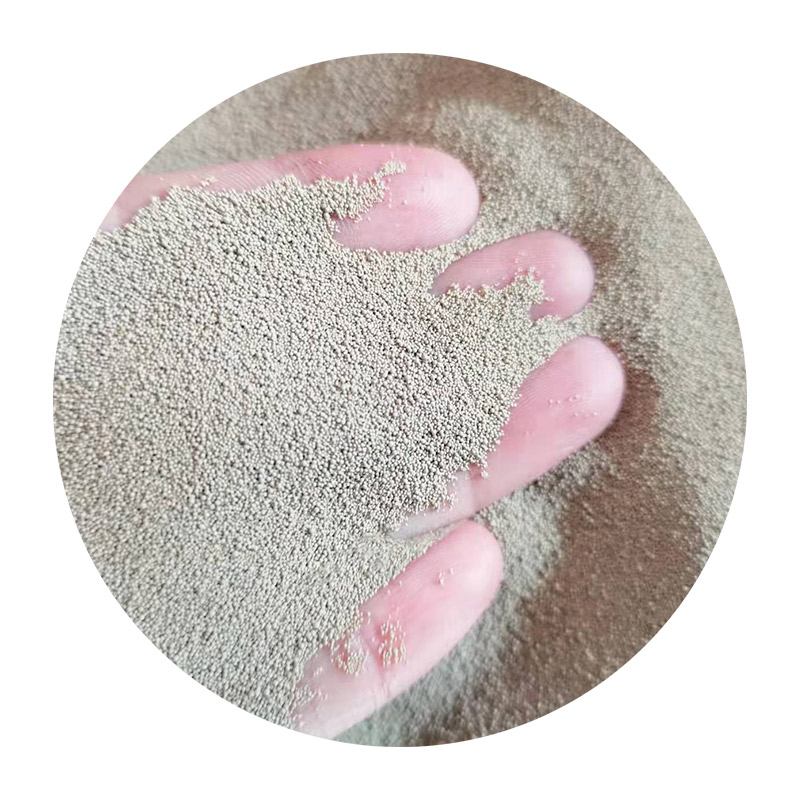Types of Foundry Sand
Foundry sand is an essential material used in the casting process, where molten metal is poured into molds to create various shapes and components. The properties of foundry sand greatly influence the quality of the finished product. Understanding the different types of foundry sand, their characteristics, and applications is crucial for anyone involved in metal casting.
1. Silica Sand
Silica sand, which is primarily composed of silicon dioxide (SiO2), is the most commonly used foundry sand. Its high melting point and excellent flow characteristics make it suitable for various casting processes. Silica sand can withstand high temperatures, making it ideal for ferrous and non-ferrous metal casting applications. It is available in different grades, which are selected based on the specific requirements of the casting process, such as the type of metal being cast or the intricacy of the mold.
2. Chromite Sand
Chromite sand is another popular choice among foundry sands, derived from chromite ore which contains chromium oxide. This type of sand has a higher thermal conductivity, which leads to better heat dissipation compared to silica sand. This characteristic is particularly advantageous for casting high-temperature metals, as it can help reduce defects and improve the surface finish of the final product. Chromite sand is also chemically stable, making it less reactive with molten metal, thus minimizing contamination risks.
3
. Zircon Sandtypes of foundry sand

Zircon sand is known for its effectiveness in creating high-precision molds due to its low thermal expansion and excellent resistance to high temperatures. Composed mainly of zirconium silicate (ZrSiO4), this type of sand is more expensive but helps produce high-quality castings, especially for complex shapes. Its resistance to thermal shock and chemical stability makes it suitable for precision engineering applications, aerospace components, and high-performance engine parts.
4. Resin-Coated Sand
Resin-coated sand is another modern variant used in foundry processes. Unlike traditional sands that rely on water and clay for binding, resin-coated sands are coated with a synthetic resin that hardens when exposed to heat. This results in a high-strength mold that can produce detailed and intricate designs. The use of resin-coated sand minimizes the risk of mold defects and improves casting surface quality. This type of sand is particularly popular in the production of automotive parts and other high-volume applications where precision is key.
5. Peat Sand
Peat sand, made from decomposed plant material, is typically mixed with other types of foundry sands to improve their binding properties. Although less common than the previously mentioned types, peat sand offers a lower density and is often used in applications that require lightweight molds. However, peat sand has limitations regarding its thermal stability and may not be suitable for all casting processes.
Conclusion
The choice of foundry sand greatly impacts the efficiency and quality of the casting process. Each type of sand has unique properties that cater to specific needs, whether it be the thermal stability of zircon sand, the heat-resistance of chromite sand, or the accessibility and versatility of silica sand. As the metal casting industry continues to evolve, the exploration and understanding of different types of foundry sand will play a critical role in enhancing manufacturing techniques and achieving superior casting results. By selecting the appropriate sand type based on the specific requirements of each project, manufacturers can optimize their processes and improve the overall performance of cast products.
Post time:ਨਵੰ. . 04, 2024 17:03
Next:casting sand price
